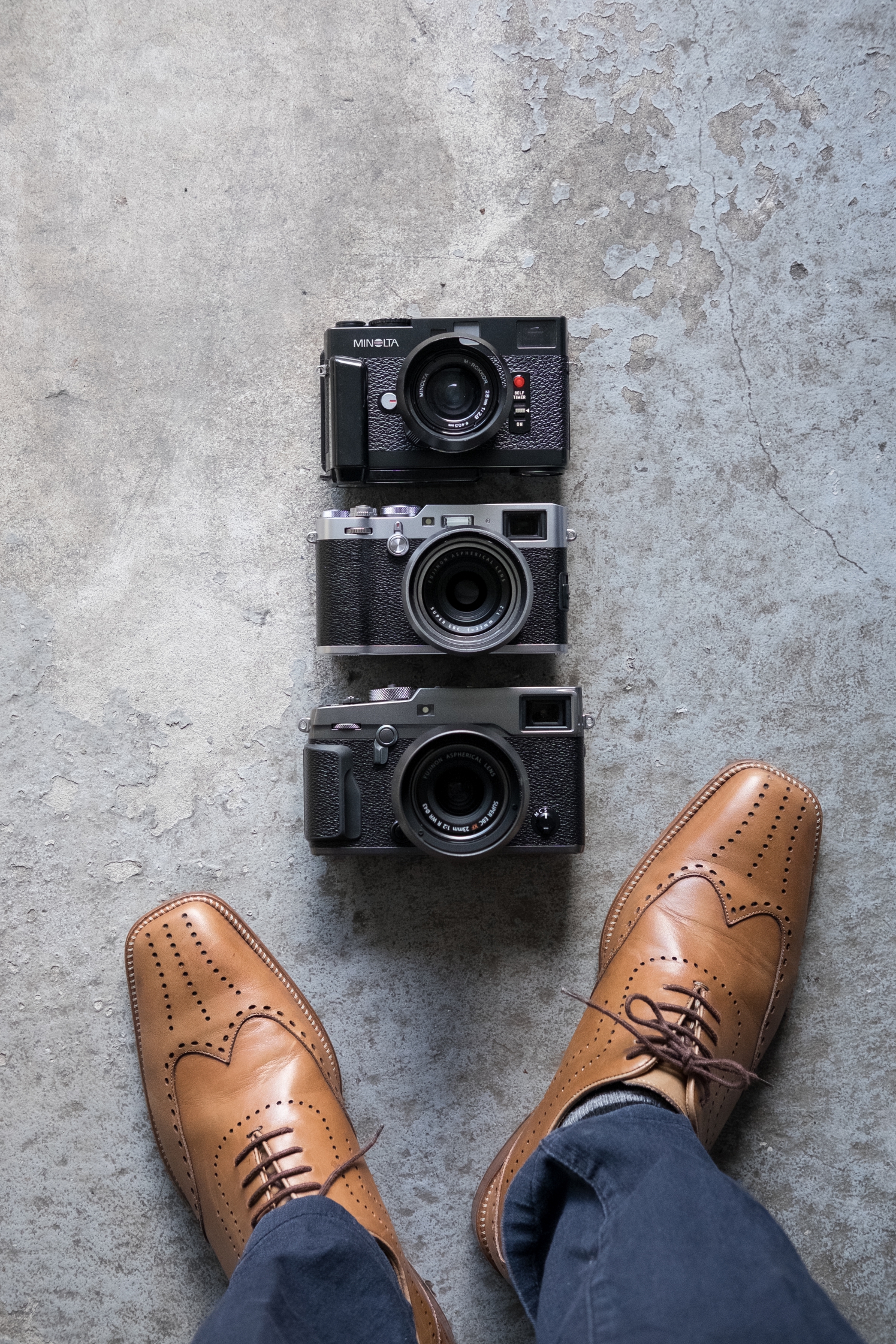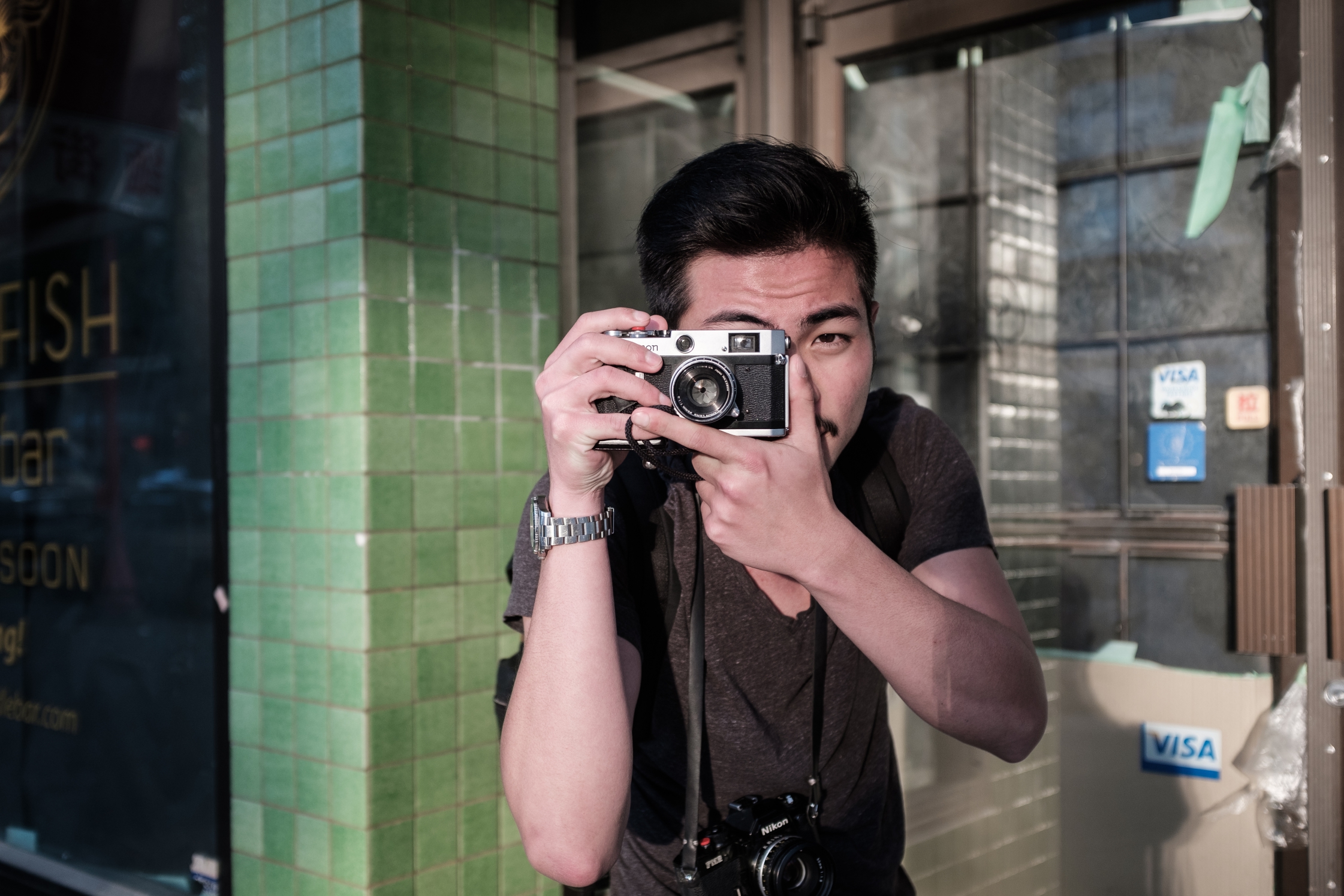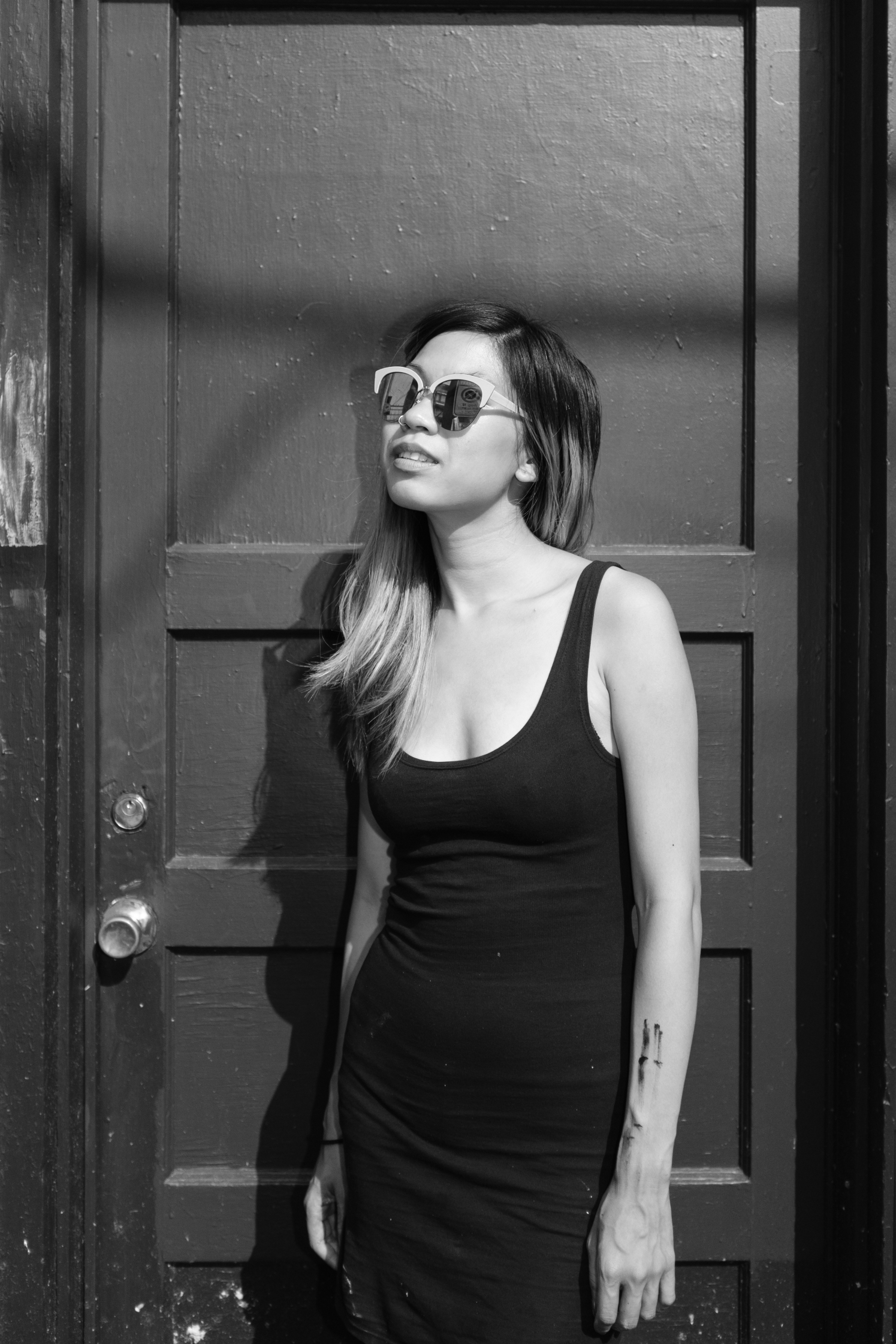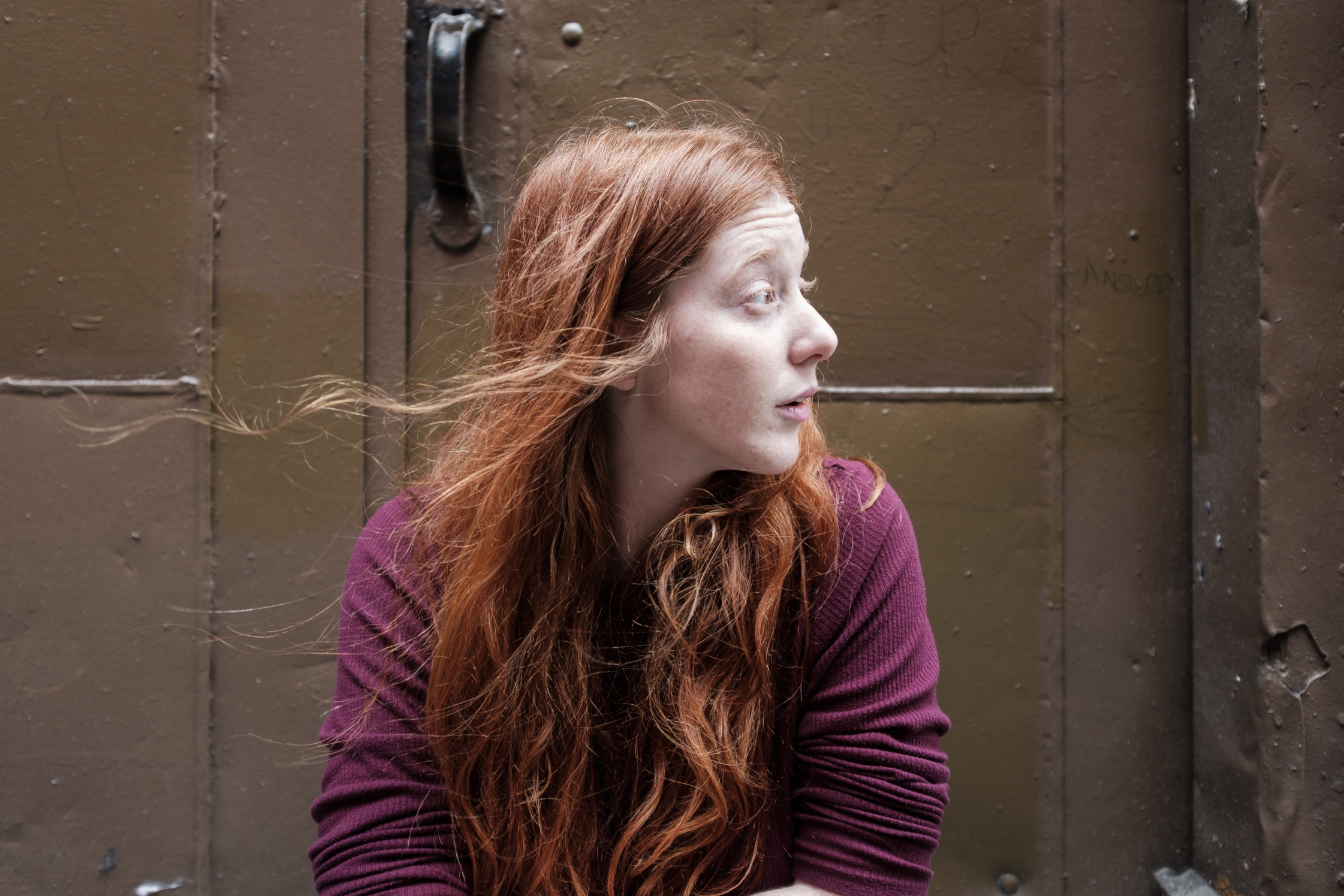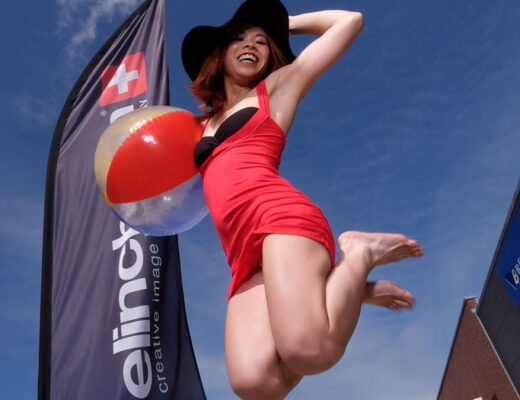Sorry for another click-bait title, but it’s true. As great as the X100F is, I hate that it’s universally admired. Personally, I love the underdog. I love it when the mainstream don’t ‘get’ a camera. Remember the good old days when nobody took Fujifilm seriously and all the DSLR guys laughed when the original 100F and X-Pro1 was released? For me, those were good times. Fujifilm had to work hard to win the respect of ‘real’ photographers and journalists alike (DPReview didn’t even bother reviewing the original X100). Things have certainly changed over the past 7 years.
When Fujifilm was preparing to launch the new X100F back in early 2017, they made sure every X Photographer in the world had a copy in their hands a month prior. A select group of media reviewers also had early copies, including myself. When the X100F was finally released, there were hundreds of enthusiastic reviews, and hundreds more ever since. Because there was a plethora of articles on the X100F at launch, I decided to wait until the following month to write my initial thoughts on the X100F for FujiLove, and why I haven’t done a full review on either my own website or YouTube channel… until now. I’ve been shooting with the X100F for over 10 months, and I’ve done everything with it. I’ve taken it on vacation, I’ve done commercial shoots, I’ve shot 2 YouTube videos with it as the main camera, and I’ve carried it around as my EDC for the last few months. What are my long term thoughts on the X100F, and who do I think the camera is for?
My long term thoughts on the X100F is that it’s a unique camera with very little competition. That’s a good thing. Not many manufacturers are making top-of-the-line non-ILC digital cameras with the styling and ergonomics of a film camera, but with a larger APS-C sized sensor. It’s often compared with the Leica Q or Sony R1, but those cameras are significantly more expensive (due in part to a larger sensor). Leica has their X series cameras, but price is a problem again, as well as the lack of top notch features and functions. The X100F’s only real competition comes from either the Ricoh GR II (for street photographers), or other Fujifilm cameras. I get asked all the time which is a better camera: the X-T20, X-E3 or X100F? My answer is always the same: it depends on what you want to do with your camera, and depends on the style of photography you want to pursue.
I decided to ask myself the same question: can the X100F be used as my main camera as a photographer, camera reviewer and YouTuber? I know the sensor and processor can handle it, since it’s the same combination that can be found in the X-Pro2, X-T2, X-T20, and the new X-E3. However, can I live with a fixed lens, especially for taking product shots, portraits, and shooting my YouTube videos? After 10 months of testing, I can say without hesitation that anything is possible if you’re willing to stick with whatever camera you have. I always tell people not to depend on the camera to do everything for you. That’s the difference between a capable and talented photographer, and one who wholly relies on technology and gadgetry. These are the same people who are always switching cameras and systems as soon as something better comes along. Yes the X100F has limits, but don’t limit yourself. Limitations also creates opportunities to learn and grow, and through it, you can actually be freed of having too many options.
I’ve had the opportunity to use the X100F on commercial shoots, on editorial projects, on two full length YouTube videos (here and here), on family vacations, and it even replaced my EDC (Ricoh GR) for the past 3 months. Yes, the X100F can handle every situation I found myself in, even though it wasn’t always the most convenient camera to shoot with. For instance, I had both converters (WCL and TCL), but I wish the wide converter went to at least 24mm equivalent instead of 28mm; and I found the telephoto converter too large and heavy. If Fujifilm made it one stop slower, I think the TCL-X100 II could be 40% smaller and lighter. Another small complaint is about the 2.5mm microphone input, although I know most X100F shooters don’t care about the video capabilities. The final and biggest complaint is the outdated lens and no WR, but let’s not talk about something we won’t see changed for at least another 2 years. Overall, I think the camera is very capable, as long as you understand the strengths and limits of this camera.
The greatest strength of this camera is the very unique leaf shutter lens. Yes it’s not the sharpest along the edge when shooting wide open, and the AF is still a bit noisy and not as fast as the latest Fujicrons, but it has a very unique rendering that’s unmistakable against any other Fujinon lens. Not only is this leaf shutter much quieter than the focal plane shutter on every other ILC Fujifilm camera, but it allows you to flash sync (with any flash) at any mechanical shutter speed (it won’t work in electronic shutter mode or in ND filter mode). Like the Ricoh GR, I love popping on a compact flash and using very little power, shoot in daylight with the lens wide open and still get my shot. This is why I love this camera for doing event photography. No need for high powered speed lights, as long as the 35mm equivalent focal length serves your purpose. Also, because this is a non interchangeable lens, half the glass is actually inside the camera, keeping the lens and camera very compact.
The second best thing about this camera is the hybrid viewfinder, especially for those who still shoot film and who love rangefinder cameras. The two biggest advantages of shooting via the optical rangefinder is that you can see your subject entering into your frame, and there’s no screen blank-out when you take your shot, including in continuous drive mode (this goes the same for the X-Pro2). For certain styles of photography, this method of capturing the ‘decisive moment’ is the key to getting a great shot, and the big reason why so many people still love shooting with Leica M cameras, both film and digital.
Third, the styling of this camera is universally praised. Most who are unacquainted with the X100 series simply assume it’s a film camera. It is the most beautiful digital camera currently available (the Leica M comes a close second). Everywhere I go, random people approach me about it. As a camera reviewer and someone who always has a camera around the neck no matter where I go, I can say without a doubt that the X100 series has consistently drawn more attention than any other digital camera I’ve reviewed or owned in the past 10 years. If you don’t like the attention, get the black version. If you like the attention, and you like the idea that your camera looks, shoots and feels like an old rangefinder film camera, I don’t think there’s a better camera out there right now.
My final thoughts. As I wrote on my previous article on the X100F, if you’re a fan of the X100 series, you should like the newest iteration. It’s a decent upgrade, although nothing ground breaking. For me, the biggest upgrade was the battery, and everything else was expected (based on the X-Pro2). If you didn’t like the X100 series before, this won’t convince you. This camera has stuck to its roots and continues the tradition. If you already own a Fujifilm camera and you love everything about it (image quality, colours, styling, etc.), then consider the X100F as your everything camera. You can pretty much use it as your primary digital camera within the limits of its design and feature set, including shooting decent 1080p 60fps video. I used it as a professional tool, as a video camera, and as an everyday shooter. Some cameras are just photographic tools, you use it and then put away afterwards. Like many film cameras, the X100F is a companion tool, something you want to keep on you all the time, shooting or not. Yes it’s true, I hate the fact that everyone loves the X100F (including me) because that means everyone wants one, which means it’s hard to find, and even harder to find one used, and the prices will continue to remain high for years to come. Congratulations Fujifilm, you’ve finally convinced the early critics to put away their DSLRs (on their non work days) and grab their companion photographic tool to shoot just for the love of it. Thanks for reading and happy shooting!

